
Cooling Cities from Above
Chosen theme: Reducing Urban Heat with Green Roofs. Step onto the rooftop and feel the difference—softer air, gentler light, and a city that exhales during heatwaves. Explore how living roofs cut peak temperatures, nurture biodiversity, and give neighborhoods room to breathe. Join the conversation and subscribe for hands-on ideas, data-backed insights, and community stories.
Urban Heat, Explained—and Why Green Roofs Work
Plants move water from roots to leaves and release it as vapor, absorbing heat through latent energy exchange. This process, evapotranspiration, cools the immediate rooftop microclimate, lowering sensible heat and easing surrounding air temperatures during the hottest hours of the day.
Urban Heat, Explained—and Why Green Roofs Work
Traditional dark roofs soak up solar radiation, while vegetation and growing media reduce net heat gain by shading the membrane and reflecting part of the sun’s energy. The result is a cooler roof surface and less heat re-radiated into streets and neighboring buildings.

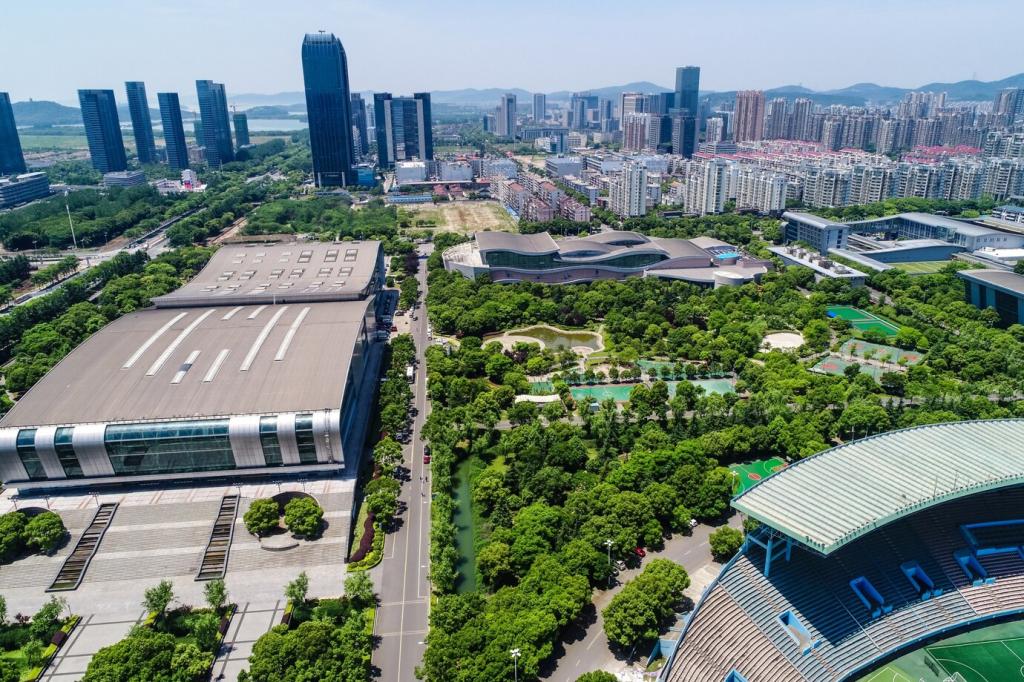
Designing High-Impact Green Roofs for Maximum Cooling
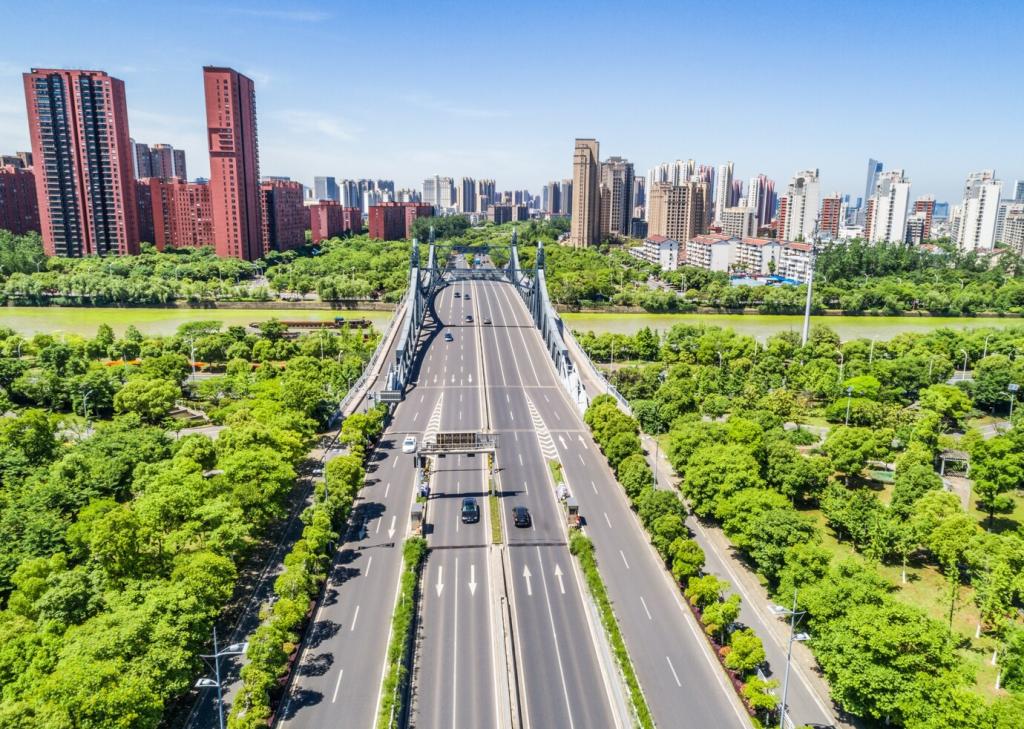
Plant Palette for Heat Relief
Drought-tolerant sedums are dependable, but mixing natives, grasses, and flowering herbs increases leaf area and canopy density. Dense cover boosts shade and evapotranspiration, delivering stronger cooling while feeding pollinators that keep your rooftop ecosystem resilient under intense summer sun.
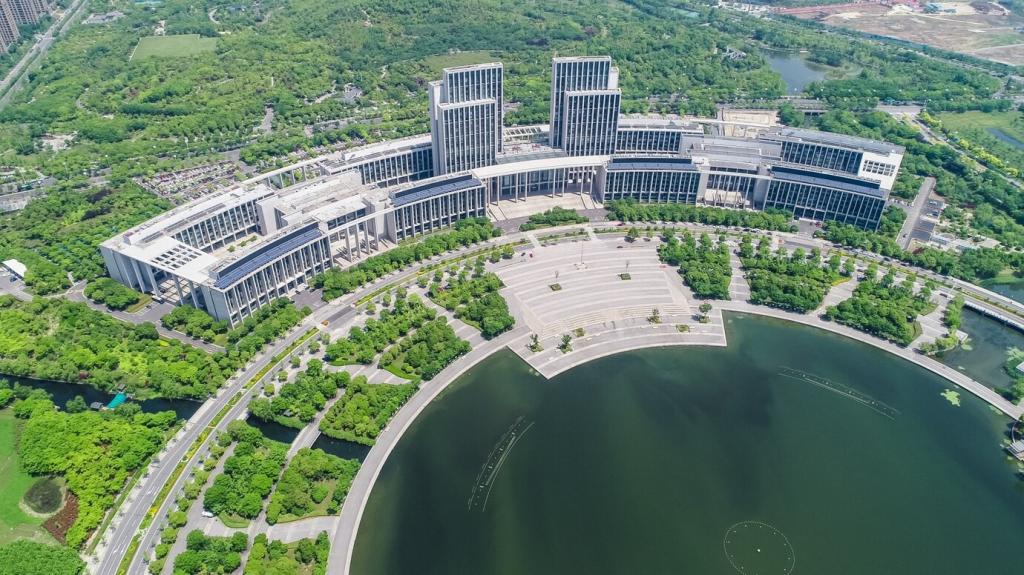
Substrate Depth, Moisture, and Irrigation
Deeper growing media hold more water and stabilize temperatures, especially in long heatwaves. Smart, targeted irrigation maintains plant health without waste, ensuring continuous evapotranspiration and consistent cooling when the city needs relief most.

Lightweight vs Intensive Systems
Extensive systems are lighter and simpler, offering broad coverage and reliable cooling. Intensive roofs add soil depth and larger plants for even stronger temperature reduction, but require structural capacity and careful planning with an engineer and experienced installers.
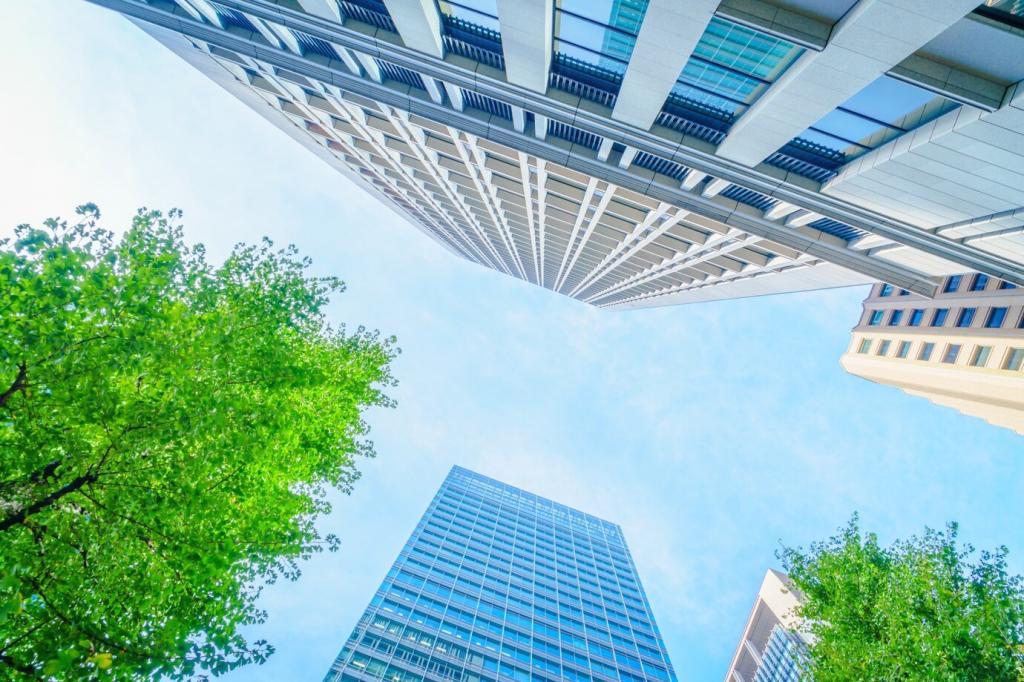
Measured Temperature Drops
Peer‑reviewed studies report peak roof-surface reductions of 30–40°C compared with conventional black roofs. Localized rooftop air can dip by roughly 1–2°C during summer afternoons, easing nearby building loads and reducing the intensity of the urban heat island at street scale.
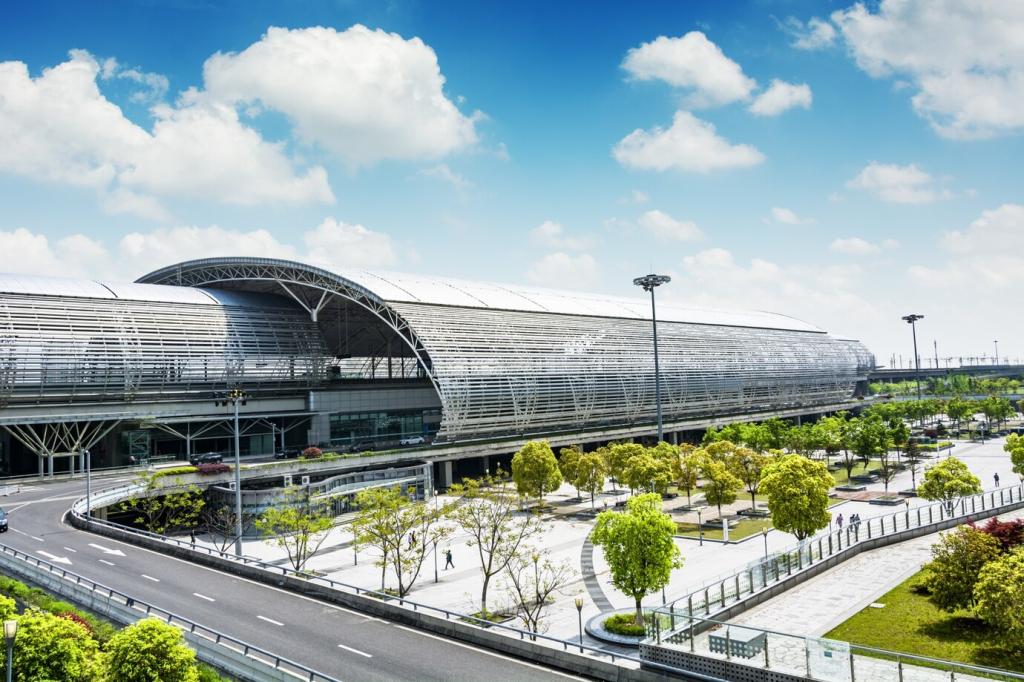
Energy Savings and Comfort
Cooler roof surfaces mean less heat penetrating indoors. Buildings beneath green roofs often show reduced cooling demand, more stable indoor temperatures, and improved occupant comfort during heat spikes—advantages that compound across neighborhoods as more rooftops turn green.

City Hall to Schoolyard
Iconic civic projects and school rooftops have demonstrated cooler surfaces, friendlier play spaces, and lower energy bills. These visible successes inspire broader adoption, showing communities that practical, beautiful green roofs can protect people during extreme heat events.
Stories from the Rooftop: People, Plants, and Cooler Evenings
A Baker’s Night Shift
A neighborhood baker installed a small green roof above the oven room. Summer nights once meant stifling air; now the space breathes easier, and early-morning dough proofs stay consistent. Share your rooftop experience in the comments and tell us how evenings feel where you live.
Neighbors, Bees, and a Thermometer
One apartment co-op placed a simple sensor on their green roof and another on a nearby dark roof. Their weekend graph told the story—gentler peaks and a calmer breeze among lavender blooms. Post your readings or photos, and tag us so others can learn from your setup.
Your Turn: What Would You Grow?
If your goal is cooling, which three plants would you choose and why? Suggest a mix in the comments, vote on fellow readers’ choices, and subscribe for our upcoming plant-by-plant cooling guide with field-tested combinations for different climates.
Keep evapotranspiration steady by irrigating early mornings during prolonged heat. Avoid mid-day watering losses to evaporation, and check moisture with a finger test or sensor to prevent stress that could shrink canopy cover when you need shade most.
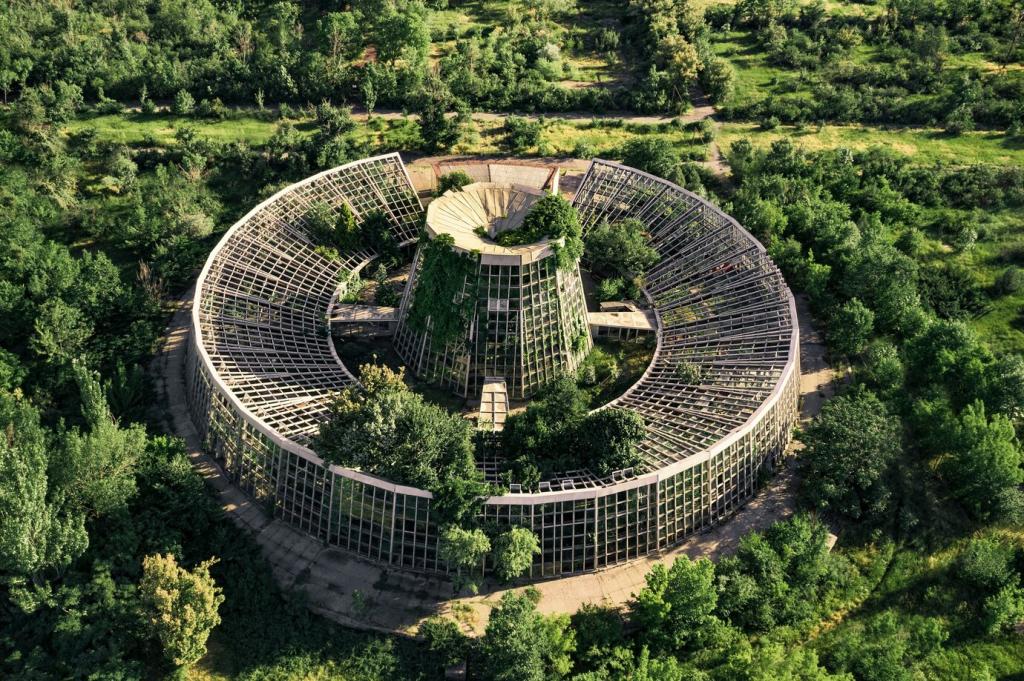
Know Your Local Rules and Opportunities
Many cities offer incentives, stormwater credits, or grants that make green roofs more affordable. Check zoning requirements, talk with building managers, and share any programs you find in the comments so neighbors can seize the same opportunities.
From Pilot to Network
A single green roof cools a bit; many create a connected, breathable corridor. Work with nearby buildings, schools, and businesses to cluster projects. Comment if you’re interested in forming a block-level coalition—we’ll help match willing partners.
Volunteer Days and Rooftop Tours
Hands-on events demystify installation and care while building local pride. Join our next rooftop walk, meet practitioners, and bring your questions. Subscribe for event alerts and propose your site if you’re ready to host a community tour.


Getting Started: From Balcony to Building
Before planting, consult an engineer about live loads, wind uplift, and fire safety. Good cooling starts with a sound base, proper root barriers, and drainage layers that protect the building while supporting healthy, water-efficient vegetation.
Getting Started: From Balcony to Building
Lightweight modular trays speed installation and allow phased growth. Begin with a test patch, refine irrigation, and expand as results appear. This flexible approach delivers early cooling benefits while keeping budgets practical and disruptions minimal.
Join our mailing list
